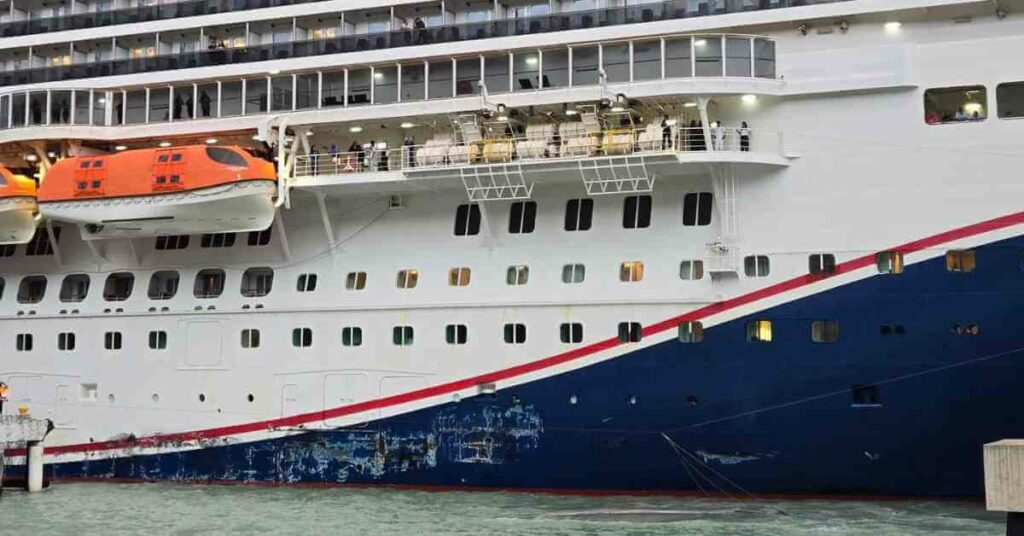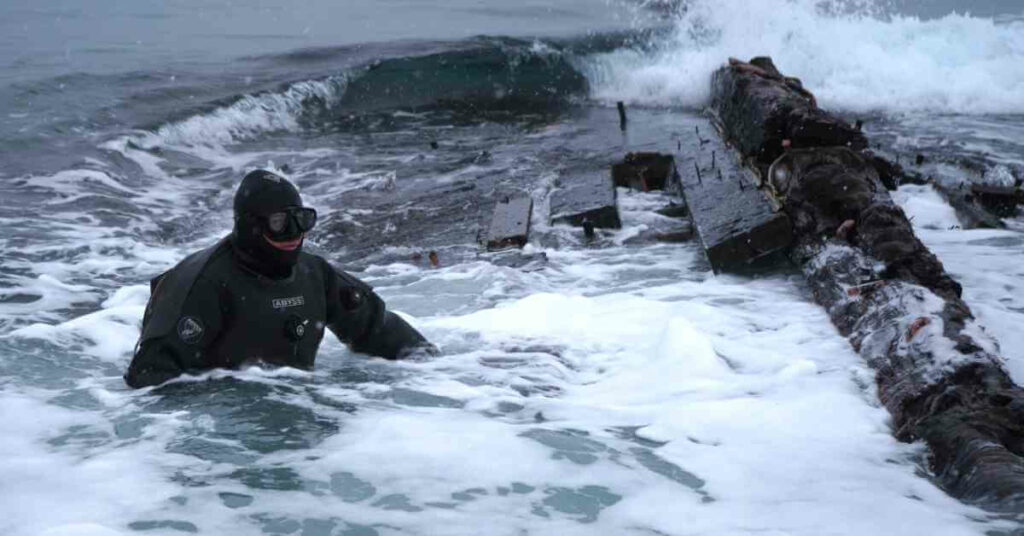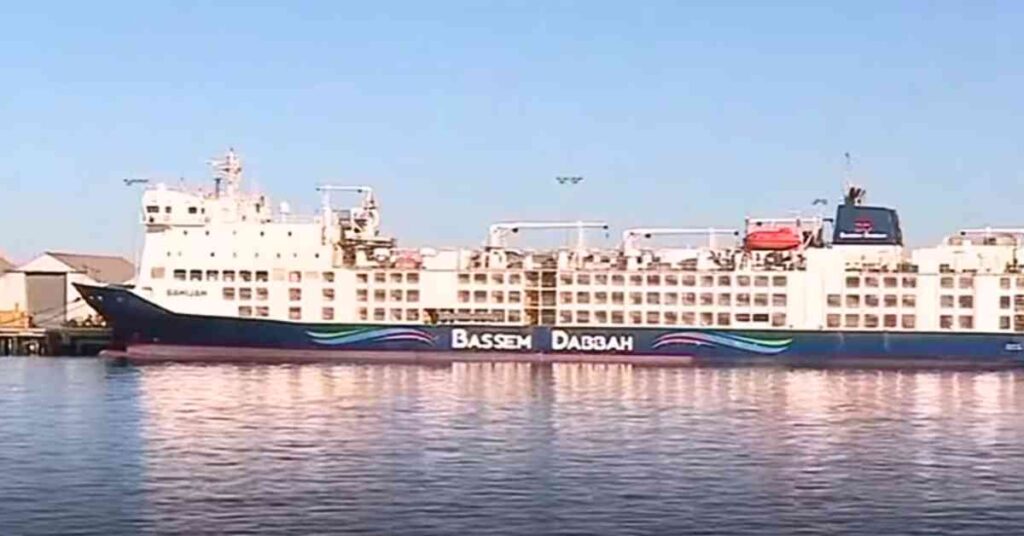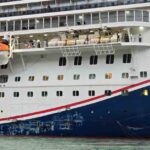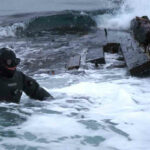Watch: NOAA’s Air Gap System Helps Prevent Ship Accidents While Navigating Under Bridges
Every day hundreds of container ships enter and leave U.S. ports. But navigating in and out is tricky business. With shallow waters, ship traffic, and bridges – Ports can be a real obstacle course. How does a huge ship actually fit under a bridge? It’s not easy.
Ships have gotten much bigger over time. Now deeper and taller, hitting the bottom of bridges is an emerging safety issue. When navigating into ports, ship captains monitor real-time data on water conditions like tides, currents, and winds. During high tide, there is less room to fit under the bridge. During low tides, a ship could run aground.
To solve this problem, NOAA created the Air Gap system. This tool measures the clearance between the water surface and the bridge. These measurements are updated every six minutes to account for changes in water level and bridge height, due to bridge traffic, air temperature, and other factors.
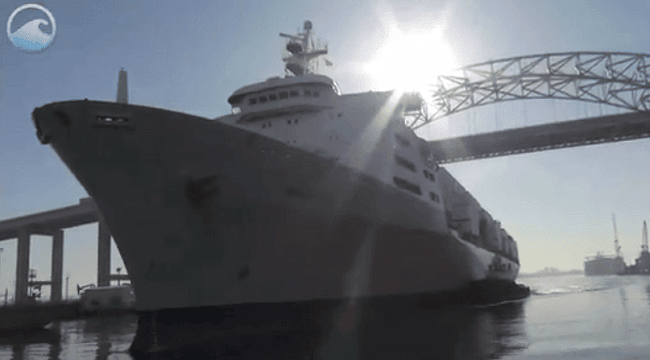
This info will tell the captain exactly how much room he’s got to safely navigate the ship under the bridge. This high-tech tool helps prevent accidents keeping ships safe and on schedule.
Reference: oceantoday.noaa.gov
Do you have info to share with us ? Suggest a correction
About Author
Marine Insight News Network is a premier source for up-to-date, comprehensive, and insightful coverage of the maritime industry. Dedicated to offering the latest news, trends, and analyses in shipping, marine technology, regulations, and global maritime affairs, Marine Insight News Network prides itself on delivering accurate, engaging, and relevant information.

About Author
Marine Insight News Network is a premier source for up-to-date, comprehensive, and insightful coverage of the maritime industry. Dedicated to offering the latest news, trends, and analyses in shipping, marine technology, regulations, and global maritime affairs, Marine Insight News Network prides itself on delivering accurate, engaging, and relevant information.
Latest Videos Articles You Would Like:
- Cruise Ship Damaged Due To Severe Weather, Passengers Stuck Abroad
- Archaeologists Examine 19th-Century Shipwreck Found On Canadian Coast
- Australia Stops Livestock Ship From Sailing Around Africa To Israel Amidst Houthi Attacks
- Iran Warns U.S. Of Targeting Cargo Ships Following Latest Airstrikes On Houthis
- Watch: Ukrainian Forces Destroy Russian Missile Boat In Black Sea Operation
- Two Dead After Tragic Collision Between Water Taxi And Passenger Ferry In the Philippines
Subscribe To Our Newsletters
By subscribing, you agree to our Privacy Policy and may receive occasional deal communications; you can unsubscribe anytime.



